NEW YORK—Manhattan Borough President Scott Stringer called on New York state officials Sunday to give New York City a “fair share” of renewable energy projects.
Nearly $342 million of the “Systems Benefits Charge/Renewable Portfolio Standard” surcharge, which appears on New York City ratepayers’ monthly energy bills, has been collected to date. However, the city is only seeing $8 million of this money coming back in jobs and economic development.
The New York State Renewable Portfolio Standard developed by the New York State Energy and Research Development Authority (NYSERDA) provides clean energy statewide, but the money is being invested outside of the state as well, with a wind farm in Pennsylvania and a hydro project in Quebec.
“Since 2004, New York City ratepayers have contributed 38 percent of the $901 million that’s poured into this fund,” Stringer said. The city has only gotten back 0.08 percent to date.
“Incredibly, this money is not only being diverted from the city, it’s being used to create jobs in other states and countries. So this is not an even share. It’s almost no share at all.”
According to NYSERDA CEO Francis Murray’s testimony, the Systems Benefit Charge has realized “more than $2.2 in energy bill savings for every one dollar invested” and has helped achieve more than $2.9 billion in total energy bill savings.
“The reason this fund is available—and it is very laudable to have it—is because of renewable energy projects. That’s the good news,” Stringer said, adding that the investment in these projects result in billions of dollars, but almost all of it is being put outside of NYC.
“This fund has been used to subsidize projects in upstate New York, in Canada, in Pennsylvania— everywhere but New York City,” he said. “Now, in these tough economic times, New Yorkers always give more to the state, more to the federal government than we get back. We understand that. But we will not accept a system that totally ignores the renewable [energy] agenda for our city and gives all the money … upstate and beyond.”
Stringer added that there should be an opportunity for New York City to have a say in how the city reduces energy reliance on the grid.
“We could capture our water waste; we could turn it into energy. We could take advantage of our rooftops [for solar power] and reduce the heat effect of New York City with this important fund,” he said.
In his letter to the New York State Public Service Commission (PSC) Chairman Gary Brown and NYSERDA CEO Murray, Stringer outlined projects that a city like New York, which can’t build a farm of windmills, can still invest in:
- Combined heat and power energy (CHP). CPH captures waste heat from buildings to generate electricity that can be re-used by the building. The state currently devotes $20 million to this process.
- By-product methane to electricity conversion. According to the New York City Department of Environmental Protection Strategic Plan, the city “generates 1.3 gallons of [waste] water each day, resulting in the release of over 200,000 metric tons of methane per year, … [which could] yield as much as 43 megawatts of electricity.”
- Solar power. Stringer wrote that incentives to switch to solar power should be aggressively marketed to building owners. The CUNY Sustainability Project is expected to release detailed information about rooftop solar exposure in the near future, thereby providing guidance on solar power options to building owners. “I pledge the resources of my office to assist the PSC in raising awareness about the benefits that may be available to local building owners,” Stringer stated.
The Manhattan borough president added that the response he has received from PSC and NYSERDA to date has been “inadequate.” While PSC says New York City may see a gradual increase in funding, Stringer says the agency has not taken a good look at the opportunities for renewable energy projects within the city. The NYSERDA estimates that upstate New York, Canada, and Pennsylvania will be seeing about “$2.1 billion in direct economic benefits measured in jobs, taxes, and local payments, in-state purchases, bio-mass fuel purchases, and land leases” over a 20-year period.
Nearly $342 million of the “Systems Benefits Charge/Renewable Portfolio Standard” surcharge, which appears on New York City ratepayers’ monthly energy bills, has been collected to date. However, the city is only seeing $8 million of this money coming back in jobs and economic development.
The New York State Renewable Portfolio Standard developed by the New York State Energy and Research Development Authority (NYSERDA) provides clean energy statewide, but the money is being invested outside of the state as well, with a wind farm in Pennsylvania and a hydro project in Quebec.
“Since 2004, New York City ratepayers have contributed 38 percent of the $901 million that’s poured into this fund,” Stringer said. The city has only gotten back 0.08 percent to date.
“Incredibly, this money is not only being diverted from the city, it’s being used to create jobs in other states and countries. So this is not an even share. It’s almost no share at all.”
According to NYSERDA CEO Francis Murray’s testimony, the Systems Benefit Charge has realized “more than $2.2 in energy bill savings for every one dollar invested” and has helped achieve more than $2.9 billion in total energy bill savings.
“The reason this fund is available—and it is very laudable to have it—is because of renewable energy projects. That’s the good news,” Stringer said, adding that the investment in these projects result in billions of dollars, but almost all of it is being put outside of NYC.
“This fund has been used to subsidize projects in upstate New York, in Canada, in Pennsylvania— everywhere but New York City,” he said. “Now, in these tough economic times, New Yorkers always give more to the state, more to the federal government than we get back. We understand that. But we will not accept a system that totally ignores the renewable [energy] agenda for our city and gives all the money … upstate and beyond.”
Stringer added that there should be an opportunity for New York City to have a say in how the city reduces energy reliance on the grid.
“We could capture our water waste; we could turn it into energy. We could take advantage of our rooftops [for solar power] and reduce the heat effect of New York City with this important fund,” he said.
In his letter to the New York State Public Service Commission (PSC) Chairman Gary Brown and NYSERDA CEO Murray, Stringer outlined projects that a city like New York, which can’t build a farm of windmills, can still invest in:
- Combined heat and power energy (CHP). CPH captures waste heat from buildings to generate electricity that can be re-used by the building. The state currently devotes $20 million to this process.
- By-product methane to electricity conversion. According to the New York City Department of Environmental Protection Strategic Plan, the city “generates 1.3 gallons of [waste] water each day, resulting in the release of over 200,000 metric tons of methane per year, … [which could] yield as much as 43 megawatts of electricity.”
- Solar power. Stringer wrote that incentives to switch to solar power should be aggressively marketed to building owners. The CUNY Sustainability Project is expected to release detailed information about rooftop solar exposure in the near future, thereby providing guidance on solar power options to building owners. “I pledge the resources of my office to assist the PSC in raising awareness about the benefits that may be available to local building owners,” Stringer stated.
The Manhattan borough president added that the response he has received from PSC and NYSERDA to date has been “inadequate.” While PSC says New York City may see a gradual increase in funding, Stringer says the agency has not taken a good look at the opportunities for renewable energy projects within the city. The NYSERDA estimates that upstate New York, Canada, and Pennsylvania will be seeing about “$2.1 billion in direct economic benefits measured in jobs, taxes, and local payments, in-state purchases, bio-mass fuel purchases, and land leases” over a 20-year period.
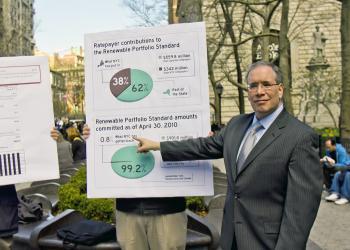

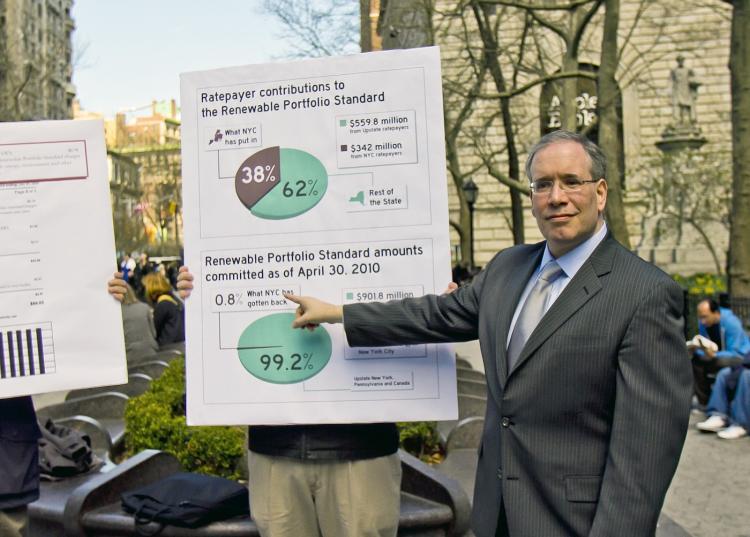
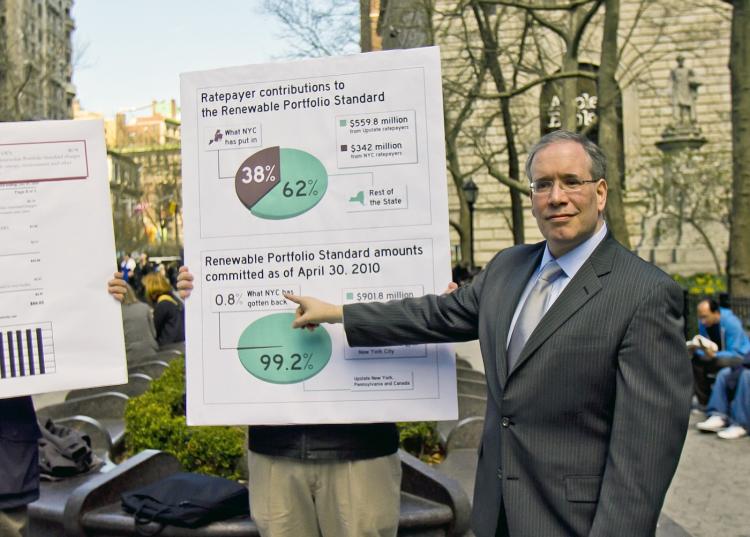
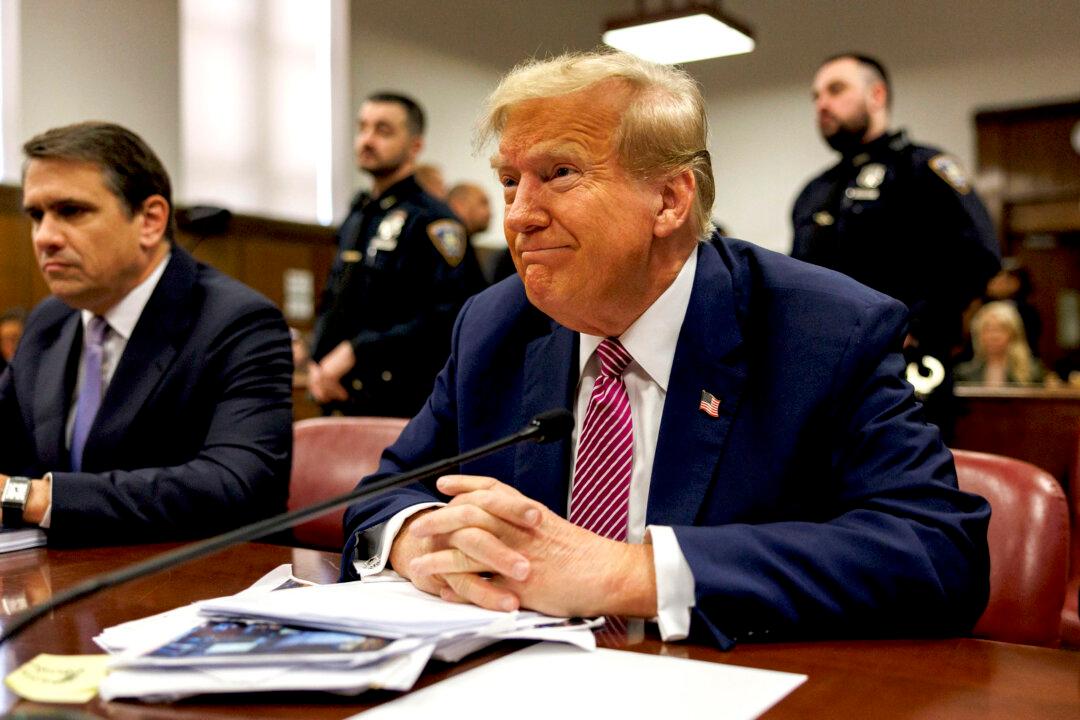
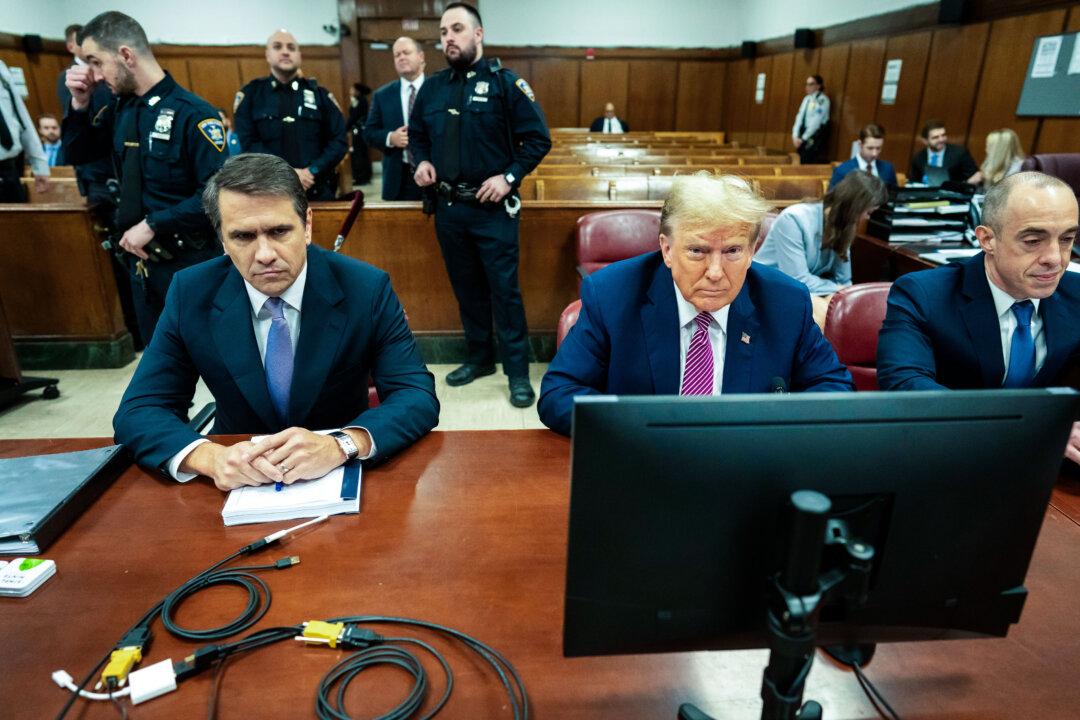
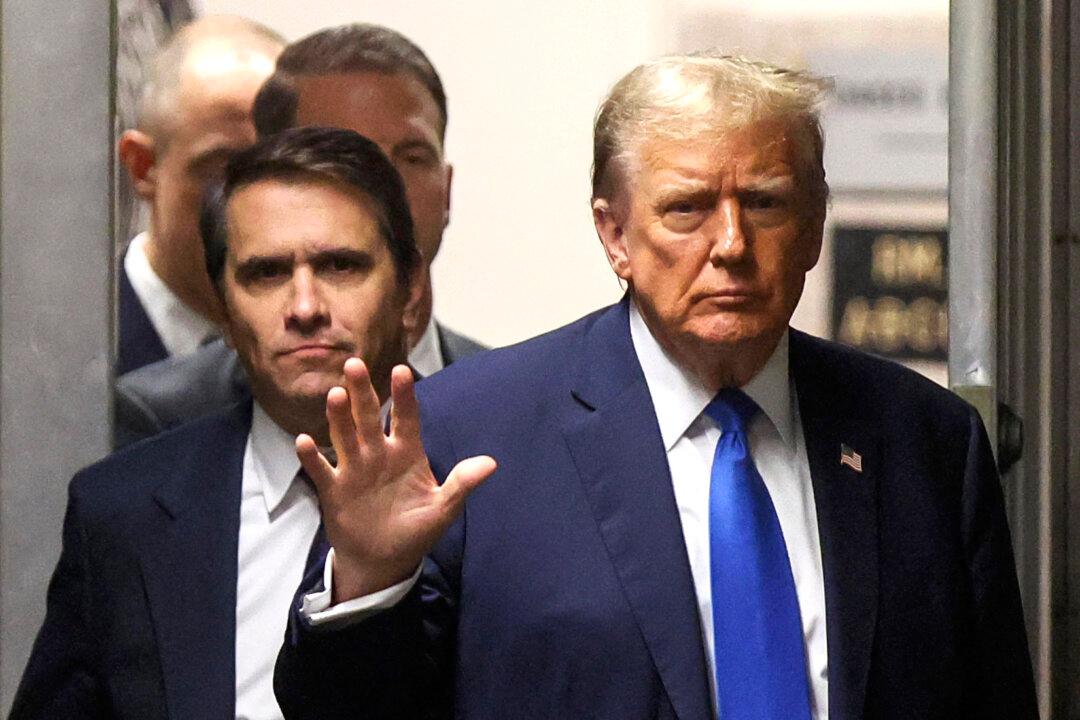
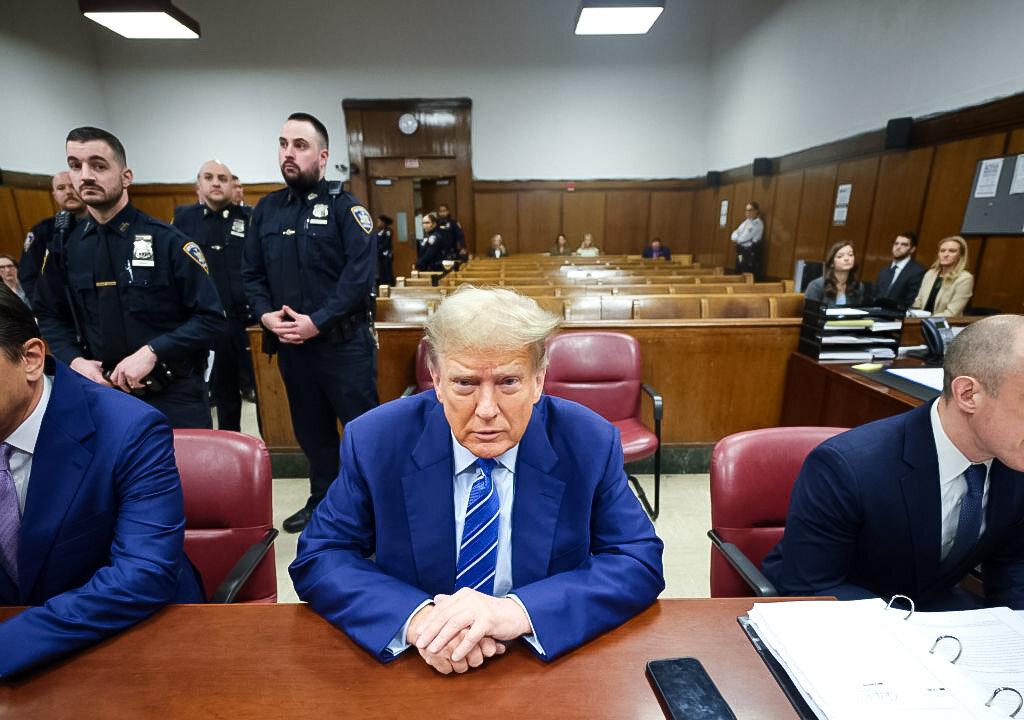
Friends Read Free